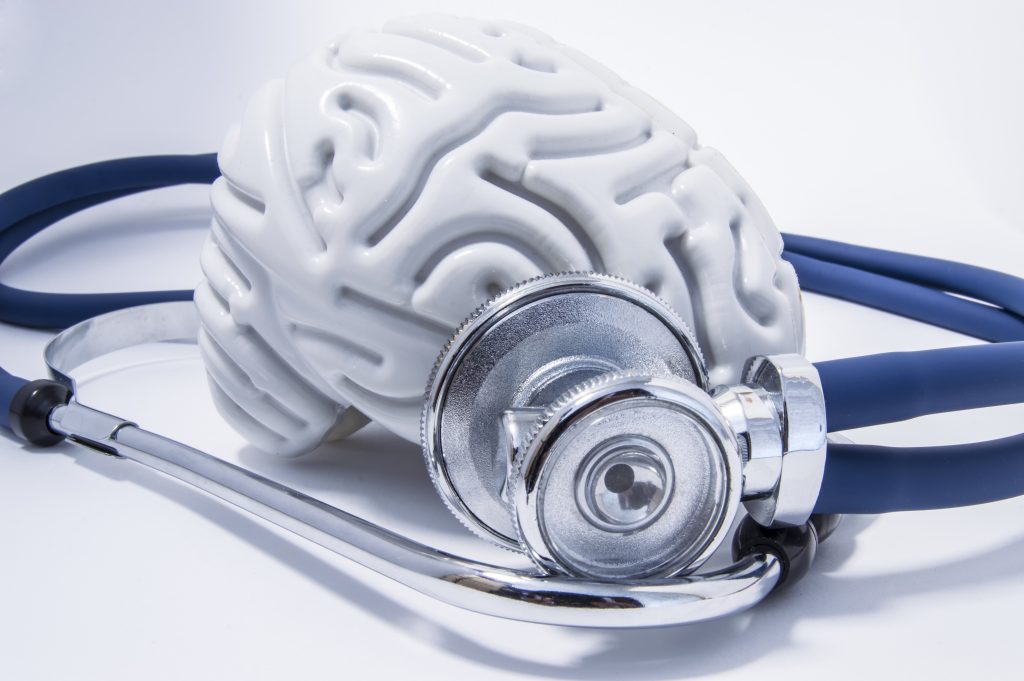Artificial intelligence and primary care

A significant amount of data is being gathered now in the healthcare industry, by patients who wear personal health and fitness devices and by primary care providers who use electronic health records (EHRs) in their practice. Though individuals can use this data to assess a patient’s condition and to recommend treatment plans and medications, artificial intelligence (AI) may soon provide more extensive benefits to primary care.
Artificial Intelligence for Health and Health Care, a recent study conducted by JASON, an independent group of scientists operating through the non-profit MITRE Corporation, focused on “how computer-based decision procedures, under the broad umbrella of artificial intelligence (AI), can assist in improving health and health care.” The subsequent report from MITRE “argues that AI application in health could help clinicians provide the best possible care, thus making high quality health care services available to all, and could increase people’s engagement in their own health.”
AI can process much more data than any human could, enabling it to look at the bigger picture of population health, for example. One goal identified in the MITRE report is “accelerating the discovery of novel disease correlations and helping match people to the best treatments based on their specific health, life-experiences, and genetic profile.”
As to patients becoming more involved in their own healthcare, AI in the primary care practice and smart devices worn by those patients will become “increasingly interdependent.” The report notes that, “on one hand, AI will be used to power many health-related mobile monitoring devices and apps. On the other hand, mobile devices will create massive datasets that, in theory, could open new possibilities in the development of AI-based health and health care tools.”
A challenge in the implementation of AI in the primary care practice is the disparity between human input and pure statistical data processed by AI. The report acknowledges that most data “concerning an individual patient is mostly obtained in forms designed to be accessible to medical personnel.” The patient’s medical record contains images of x-rays and visit notes input by the primary care physician. JASON acknowledges that the shift to AI for primary care will probably not happen completely within the next 30 years but, looking farther into the future, it could be very helpful in patient care.






